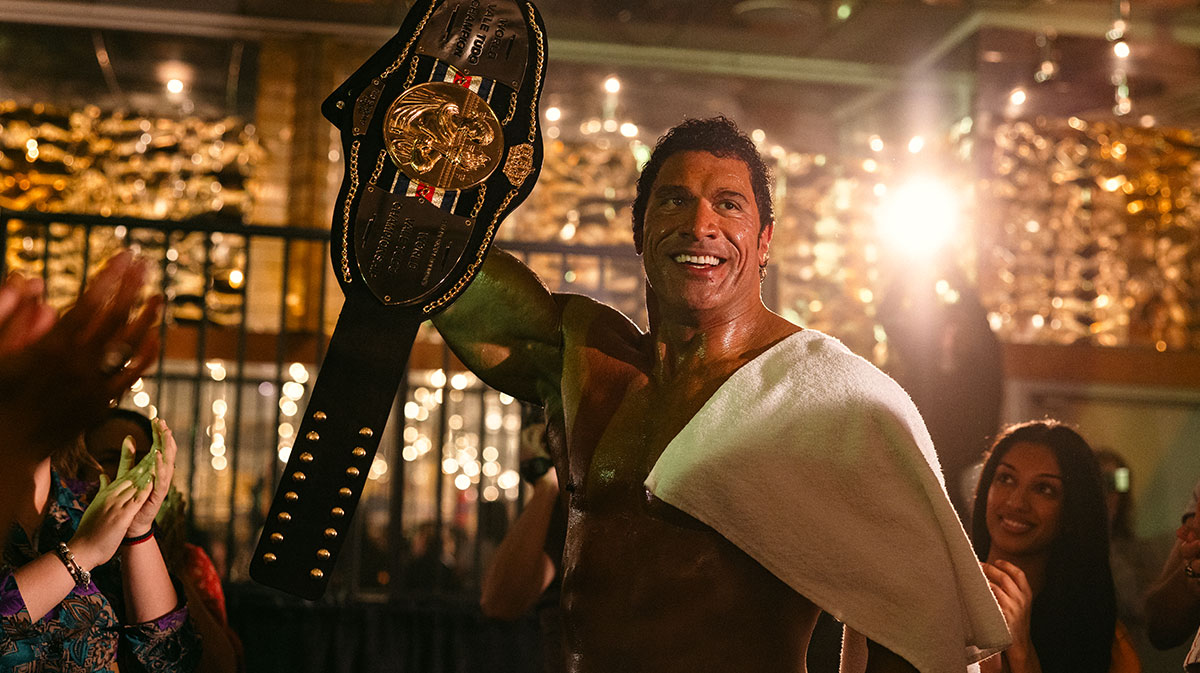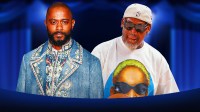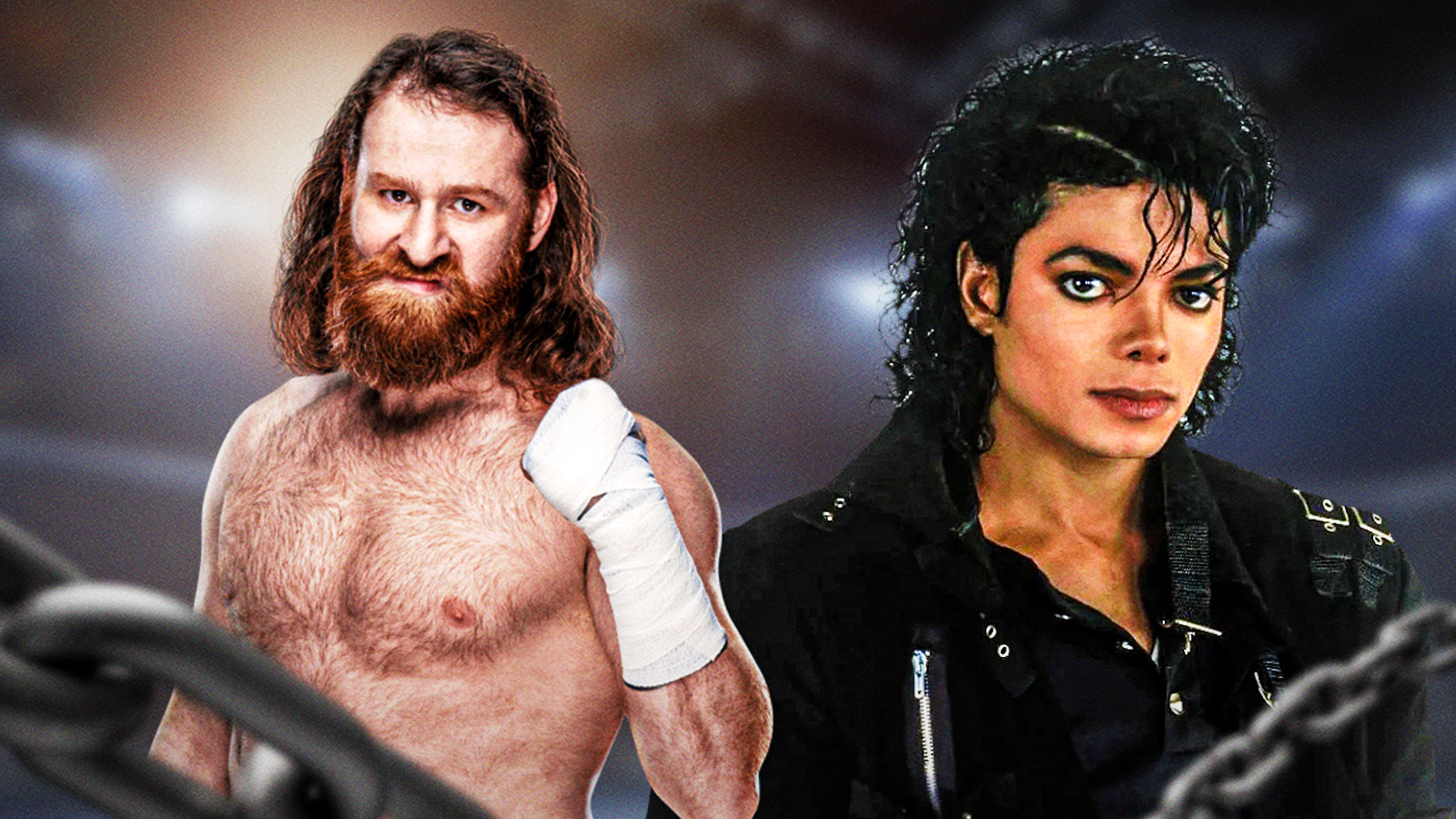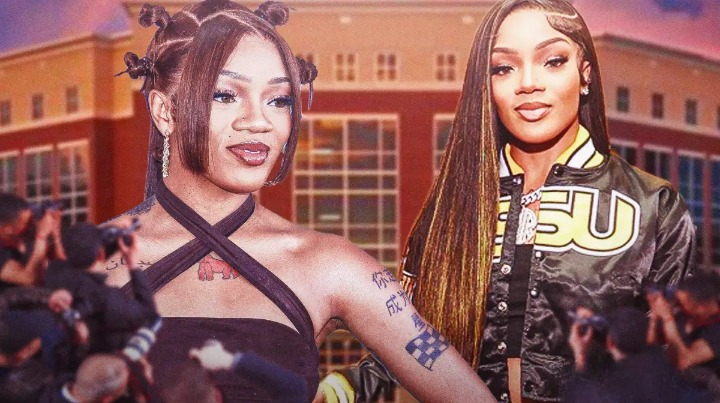As a child, Dwayne “The Rock” Johnson was a larger-than-life figure in WWE, making fun of John Cena's “candy ass” before their WrestleMania clashes. His acting career never made much of an impression until he played Mark Kerr in The Smashing Machine.
Like a good coach does for a middling quarterback, director Benny Safdie is trying to reinvent the public's perception of Johnson with this role. The hulking Johnson is able to utilize his physical attributes in this role while Safdie directs a hell of a performance out of him.
Seeing Johnson in this light makes you question why Johnson spent so much time in the San Andreas and Skyscrapers of the world for the last 15 years. His “Final Boss” WWE character gave a glimpse as to what he is capable of, as Johnson played the role with a ruthlessness never seen before. Now, he leveled up again with The Smashing Machine.
All attention will go towards Johnson, and rightfully so. It's hard to imagine him not getting an Oscar nomination for this performance. Late-career breakthroughs are rare, but Johnson may have one. The idea of him being a true leading man in Hollywood, one just as capable of leading the Avengers as he is a Martin Scorsese flick, was unfathomable at one time. Now, it may be a reality (so long as he doesn't try to monopolize the MCU).
Emily Blunt plays Kerr's ex-wife, Dawn Staples, re-teaming with her Jungle Cruise co-star to play his partner. She follows up her role in Oppenheimer with another layered performance.
As the fall approaches, it's “Oscar bait” season. There will be contenders, but it's hard to imagine The Smashing Machine not having a chance to go the distance, at least in getting Johnson an Oscar.
What's The Smashing Machine movie about?
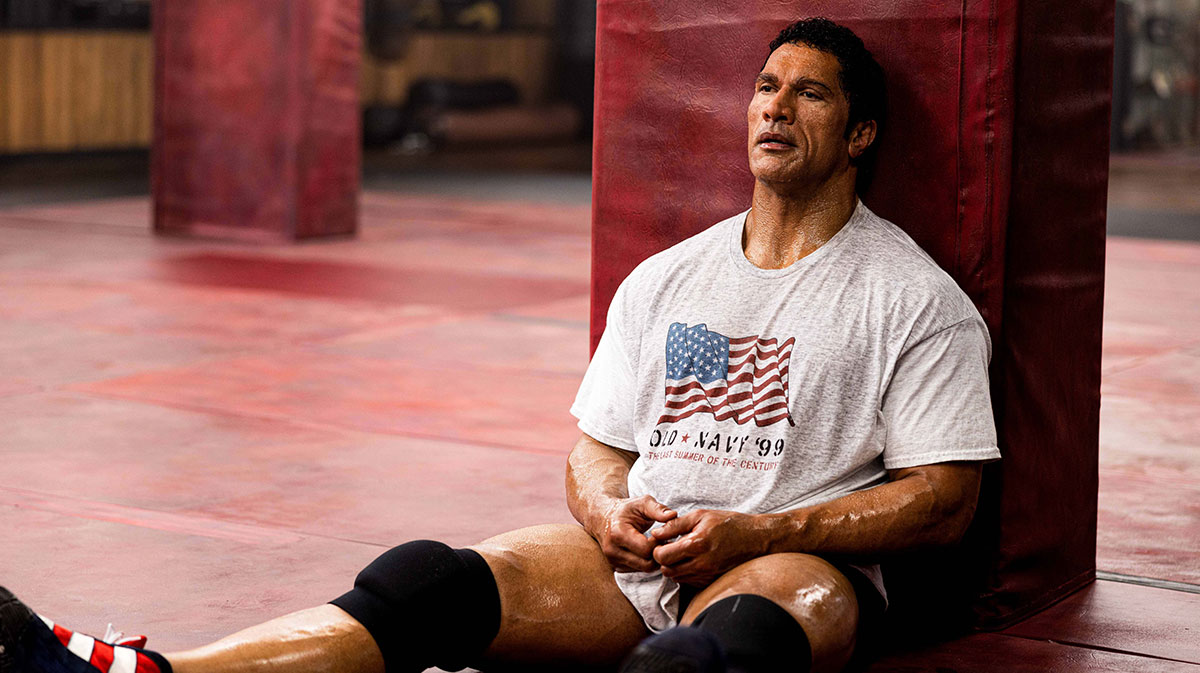
The year is 1997. The UFC isn't the conglomerate it is today, and Mark Kerr (Dwayne Johnson), a former amateur wrestler, is trying his hand at MMA. It's a new sport, and some look down on it as it stares down the barrel of being banned.
Initially, Kerr runs through opponents, winning with ease. He eventually jumped over to Pride Fighting Championship in Japan, competing in tournaments against some of the world's toughest fighters. Between controversial rule changes and cheating opponents, the transition is not always smooth.
Meanwhile, his home life is up-and-down. His relationship with Dawn (Emily Blunt) is complex. Their relationship, while sweet at times, borders on emotionally manipulative at times, and yet, they go on-and-off.
The relationship between Mark Kerr and Dawn Staples
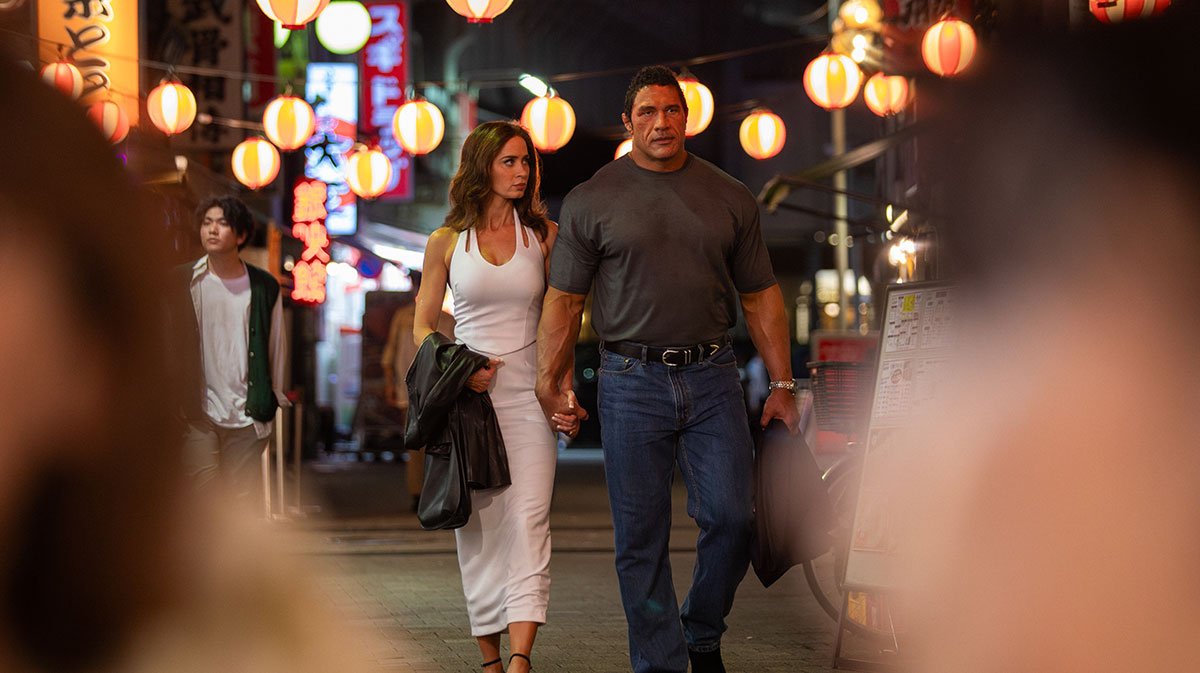
The beginning of their relationship largely goes unsaid in The Smashing Machine. One of her earliest scenes is when Dawn walks in on Kerr with his trainer and best friend, Mark Coleman (played by real-life MMA fighter Ryan Bader, who gives a standout performance), as Kerr stretches before the biggest fight of his life.
The scene is filled with great acting as Dawn comes to the realization that she is walking in on something. Johnson and Bader — whose dynamic rings true of a real friendship — exchange a look, and it immediately gets awkward for all parties.
But there isn't a clear reason why Kerr may feel the way he does about Dawn. Perhaps The Smashing Machine being made while Kerr and Staples are still alive played a part in this. According to the real Staples' Instagram bio, she is a “Former Playboy Model,” something never discussed in the movie.
How they met or why they have tension (at least early on) is never mentioned. Dawn's first scene is when she accidentally makes Kerr's protein shake with the wrong milk, something that may have been just as much on him as her. It clearly upsets Kerr, and the passive aggressiveness can be felt in the air.
However, there was room to explore this more. The Smashing Machine is about Kerr knocking other guys' teeth out, but it's also about his personal triumphs.
Dawn's friends are also briefly shown as she struggles with the roller-coaster ride of being with Kerr. These conversations seem so surface-level, though. Granted, this is told through Kerr's perspective, so he wouldn't necessarily know everything going through Dawn's head. Still, every story has two sides, and it feels like The Smashing Machine could have dug a little deeper.
The scene influenced by Bruce Springsteen
Their relationship comes to a head in a scene set to the latter half of Bruce Springsteen's “Jungleland.” It's an epic song that follows the “Magic Rat” to his tragic downfall. Safdie, a New Yorker, seemingly has an understanding of the song. This has to be one of the best uses of “Jungleland” in pop culture.
An argument takes place during this scene, and Johnson and Blunt knock it out of the park. Boundaries go out the window as they chew each other out. While Nala Sinephro's score usually brings the signature Safdie stress to scenes, they let The Boss take this one away.
The second Clarence Clemons' iconic saxophone solo hits, it becomes clear something is coming. As the song builds to its crescendo, so does Kerr and Dawn's argument.
It's masterfully done by Safdie, the master of claustrophobic scenes. Johnson shows such restraint as Kerr here. You can tell anger is boiling over, but you don't know what's going to happen. He had some outbursts earlier, so would it escalate further?
Blunt, meanwhile, contrasts that as the enabler in the situation. Neither side looks great, but it's an emotional fight that will serve as both actors' Oscars clip, should they get nominated.
Dwayne Johnson and Emily Blunt's performances
What makes Johnson's performance special is how he transforms into Mark Kerr. Some of it is the prosthetics, which hide the signature eyebrow-raising Dwayne Johnson we all know.
Over time, Kerr becomes closer to Johnson, but it's like watching a clown with makeup on. There are fragments of the real Johnson beneath Kerr, but the facade holds up throughout The Smashing Machine.
Again, Johnson's huge stature isn't a hindrance in this role. He is buffer than ever as Kerr, and that is used to his advantage. It's up to Johnson, though, to take on Kerr's mannerisms and cadence, something he does exceptionally well.
When has Johnson ever done such a remarkable job acting? This feels like the start of a new chapter in his career, as he is now a multi-faceted actor, not just an action hero.
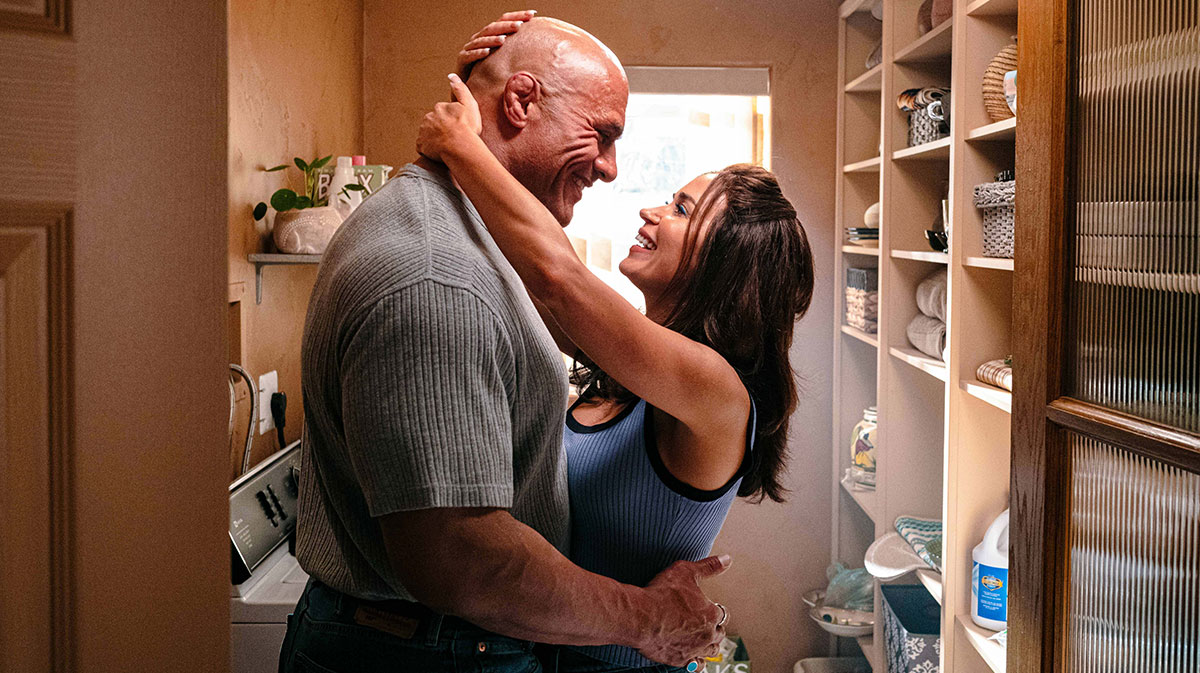
And, of course, he excels in the ring (or Octagon). Safdie takes a different approach from the usually flashy way boxing and MMA movies are shot. He does get in the ring, but sometimes, he follows the action from ringside.
The Smashing Machine is very reminiscent of Raging Bull — in which Robert De Niro plays a boxer fighting his own demons — by way of the Safdie Brothers' Uncut Gems.
What's nice about The Smashing Machine is that it allows Safdie to get out of New York. He goes overseas to Japan and to the West Coast in the movie. His style translates well to these locations, from sports arenas to MMA gyms.
Nala Sinephro composed the score. Her use of a synthesizer is similar to what Daniel Lopatin (aka Oneohtrix Point Never) did with the Safdie Brothers' Good Time and Uncut Gems. It's surprising that it isn't Lopatin, but Sinephro does a great job bringing that suffocating sound to The Smashing Machine.
Should you watch The Smashing Machine?

The Smashing Machine is a triumph because it does something that seemed impossible: it got Dwayne Johnson to act. It's a Scorsese-like story of a troubled hero, and it brings out the best in Johnson.
Safdie delivers a great first solo project (we'll see how Marty Supreme pans out). He got the best out of Johnson and Blunt, and also out of Bader, who makes his acting debut.
Bader does a great job with Johnson. They have natural chemistry, making it feel like they've been friends for decades. Bader's Coleman also gives The Smashing Machine a true protagonist to root for.
Grade: B+
The Smashing Machine will be released on October 3.

